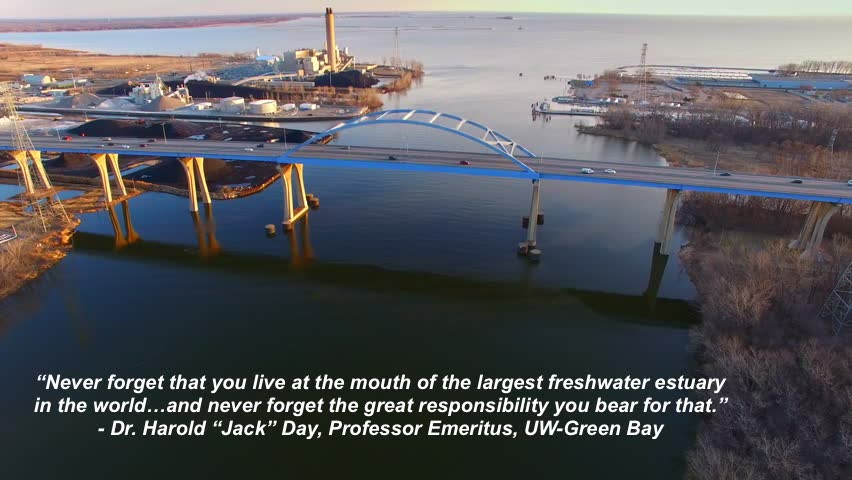
Image 1: Photo credit, James Brey. Quote from Dr. Harold “Jack” Day, Professor Emeritus, UW-Green Bay.
Water Quality: “Water quality” is a complex and dynamic term that is influenced by a wide range of factors. However, it is important to recognize that water health is influenced by different types of pollution from various sources.
We all impact the health of our streams, rivers, and lakes; therefore, we must all recognize our role in restoring our most valuable resource.
Point-Source Pollution: As its name implies, point-source pollution can be easily identified (i.e., a pipe from industrial plant or waste-water treatment plant). As a result, the Environmental Protection Agency (EPA) has been able to enforce regulations that have largely reduced the impact of point-source pollution.
Non-Point Pollution: Unlike traditional point-sources of pollution, where you can easily detect the source, non-point pollution comes from all forms of land use. Some examples include:
- Forestry: The over-harvesting of trees can reduce the soil structure of a wooded area and increase the likelihood of soil erosion. Soil erosion leads to increased levels of sediment runoff.
- Urban: Pollutants generated from cars (i.e., oil and gasoline leaks), road salts, litter, and pet waste are some examples of urban non-point sources of pollution.
- Suburban: Lawn care products, including fertilizers and pesticides, are common sources of suburban non-point sources of pollution.
- Agriculture (Cropland and Animal Feedlots): Fertilizers, pesticides, animal manure, and soil erosion are all examples of agriculture non-point sources of pollution.

Figure 1: Graphic by Fox Demo Farms. Snowmelt and precipitation createsSurface runoff from precipitation or snowmelt moves across the land picking and depositing pollutants to our streams, rivers, lakes, and oceans.
When there is a snowmelt or rain event, the water travels through and across the land picking up and carrying away natural, as well as man-made pollutants (Figure 1). These pollutants are then deposited into lakes, rivers, wetlands, coastal waters, and ground water.



